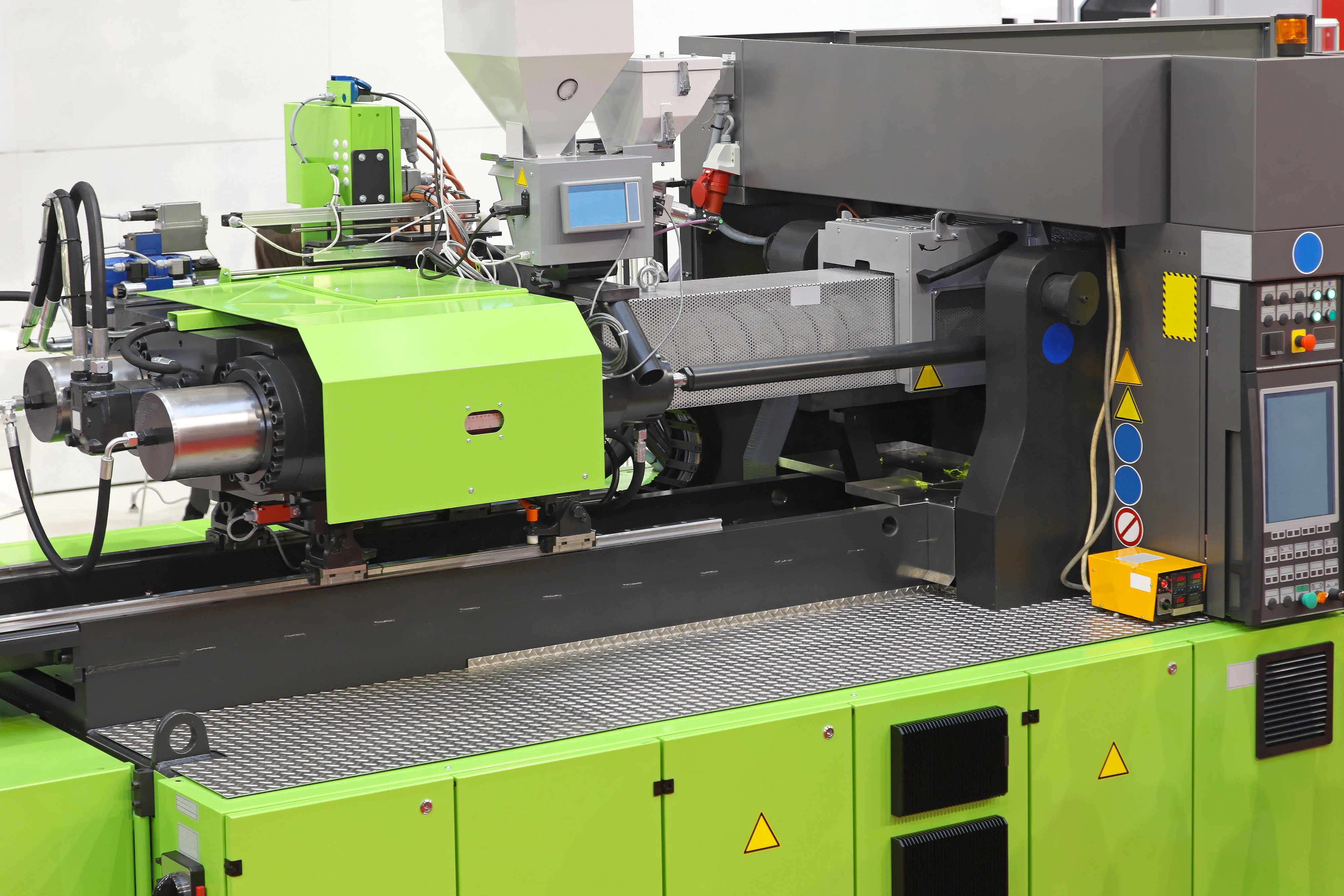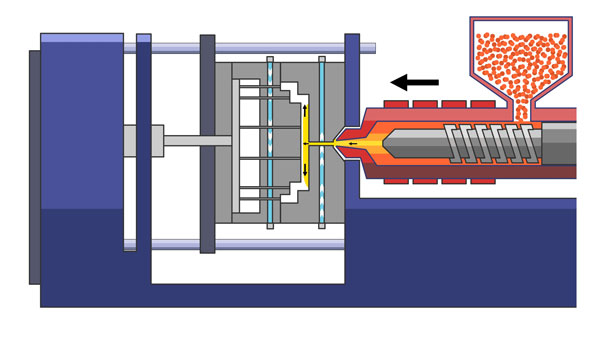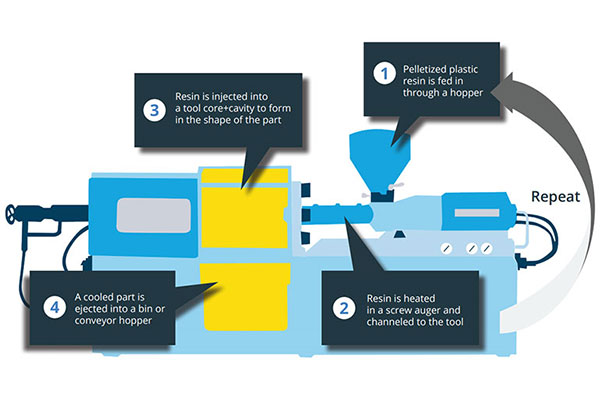The smart Trick of Mfg That Nobody is Discussings
Wiki Article
The smart Trick of Mfg That Nobody is Discussing
Table of Contents4 Easy Facts About Manufacturing ShownHon Hai Precision for BeginnersFacts About Manufacturing UncoveredThe Basic Principles Of Oem The Of MfgThe 10-Minute Rule for Manufacturing Industries
The text on this web page is an example from our full White Paper 'Injection Moulding for Customers' - * Sample text * - for complete guide click the download switch over! Introduction This guide is planned for people who are looking to resource plastic mouldings. It provides a much needed understanding right into all that is included with creating plastic components, from the mould device called for to the moulding procedure itself.If you wish to check out even more, the guide covers kinds of mould devices, as well as special ending up processes such as colours & plating. Words that are underlined can be located in the reference in the appendix ... Component I: Moulding: The Essentials The Advantages of Shot Moulding Plastic injection moulding is an extremely precise procedure that offers a number of benefits over other plastic handling techniques.
Accuracy is ideal for extremely elaborate components. You can hold this moulding in the palm of your hand and it has managers, ribs, metal inserts, side cores and also openings, made with a gliding shut off attribute in the mould tool.
The Single Strategy To Use For Hon Hai Precision


Unknown Facts About Oem
from material feed Product melting; material injectionProduct shot time cooling down ejection as well as the re-closing of the mould tool ready device prepared next cycle. Draft angles - The wall surfaces of a moulded part must be somewhat tapered in the direction in which the component is ejected from the mould device, to permit the part to be expelled quickly.Ejector stroke - The pushing out of ejector pins to eject the moulded part from the mould tool. Ejector stroke rate, length and also timing needs to be very carefully controlled to stop damage to the ejectors and mould tool, but at the same time make the moulding cycle as brief as feasible.

Getting The Die Casting To Work
Ribs - When a plastic part has thin wall surfaces, ribs are contributed to the style to make the thin walls stronger Side cores - Side activity which produces a feature on a moulded component, at an opposing angle to the typical opening direction of the mould device. mfg. The side core requires to be able read here to pull back as the plastic part can not be expelled or else.
Walls - The sides of a moulded part The text on this page is an example from our full White Paper 'Shot Moulding for Purchasers'.
Manufacturing process for generating components by infusing molten product right into a mould, or mold and mildew Simplified layout of the lean production process Shot moulding (U.S. punctuation: shot molding) is a manufacturing procedure for generating components by injecting molten product into a mould, or mold and mildew. Injection moulding can be performed with a host of materials primarily consisting of steels (for which the procedure is called die-casting), glasses, elastomers, confections, as well as the majority of frequently polycarbonate and thermosetting polymers. Injection moulding is commonly made use of for producing a range of components, from the smallest components to entire body panels of automobiles. Shot moulding uses a special-purpose maker that has 3 components: the injection device, the mould and the clamp.
Oem Fundamentals Explained
Refine attributes [edit] Shot moulding makes use of a ram or screw-type bettor to force molten plastic or rubber product right into a mould tooth cavity; this solidifies right into a shape that has satisfied the contour of the mould. It is most typically used to refine both thermoplastic and thermosetting polymers, with the quantity use the former being considerably higher.: 13 Thermoplastics are prevalent as a result of features that make them extremely suitable for shot moulding, such as ease of recycling, versatility for a vast variety of applications,: 89 and also capability to soften and also flow on heating.In numerous cavity moulds, each tooth cavity can be similar and create the very same components or can be unique as well as create numerous various geometries throughout a solitary cycle.
The screw provides the raw product forward, mixes and homogenises the thermal and viscous distributions of the polymer, as well as minimizes the called for home heating time by mechanically shearing the material and including a significant amount of frictional home heating to the polymer. The product feeds onward via a check shutoff and also gathers at the front of the screw into a volume referred to as a shot. When enough product has gathered, the product is compelled at high stress as well as speed into the component developing tooth cavity. The specific amount of shrinking is a function of the resin being used, and can be relatively predictable. To stop spikes in pressure, the process typically uses a transfer position representing a 9598% complete dental caries where the screw changes from a constant rate to a constant pressure control.
Additive Manufacturing Things To Know Before You Get This
The packaging stress is used till the entrance (dental caries entry) strengthens. Due to its tiny dimension, the gate is typically the very first area to strengthen through its whole thickness.: 16 Once the gate solidifies, no more material can enter the tooth cavity; accordingly, the screw reciprocates as well as obtains material for the next cycle he said while the product within the mould cools down so that it can be expelled as well as be dimensionally stable.Report this wiki page